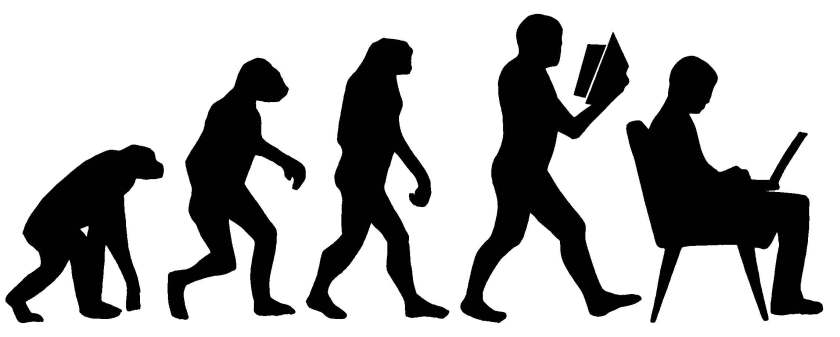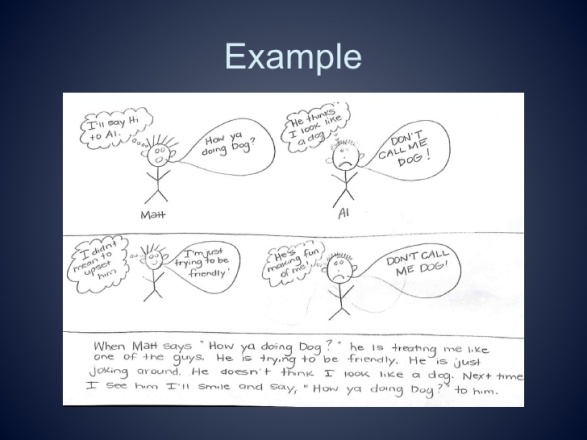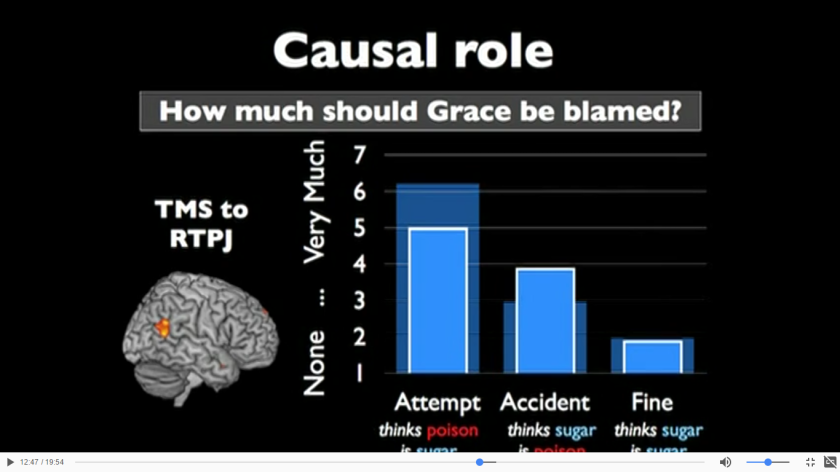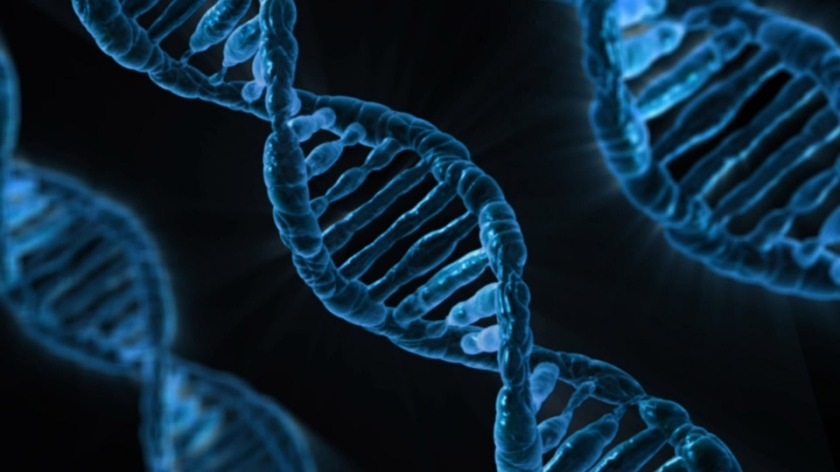I chose to enroll in the class to learn more about biology. I am all finished with my ISP program and what not and just wanted to take a course that interested me. I found this class topic to be something of my interest because I wanted to get out of my comfort zone and take something new. I feel as though I learned a bit abut myself as well as biology and evolution.
Being introduced to a different learning environment was a bit of a challenge for me at first. I had never taken an online class and felt that I succeeded in past courses because of the relationship I made with my professors. With this course being an online class, I knew that it may be difficult. I found that the openness of the course to be a bit nerve racking. I was use to a more structured “do this at this time and in this way” versus “find something of your interest to learn about” structure this class was. It took some time for me to adjust to the shaping of this course but after I enjoyed it. I was able to research topics that I found interesting and had a personal connection with such as The Evolution of enjoying Ice Cream.
I enjoyed reading classmates post in this class. Sometimes I would get ideas on what I would like to research and write my next blog post about from my peer’s posts. I enjoyed seeing and reading others posts especially when it was something they were interested in such as Sean Stinehour and Elizabeth McGurk‘s posts.
Many think of social media to be an outlet that is for personal use. When we first were told to use twitter I did not understand. I have only used and seen twitter as a place to complain, full of memes, and funny sayings. How were we going to use twitter to learn? I found myself using twitter as a way to brainstorm my next topic for a post. I also used it as a way to find some definitions or different outlooks on terms or questions. I found that creating a blog and twitter for educational purposes was a lot more helpful and useful than I originally thought. I found many resources that I used when creating my lessons for my education courses I will continue to use the twitter I made for this course for my future lessons and career.
After creating this blog and seeing what people have done with it I am interested in continuing to using WordPress. I would like to make a completely new blog and use it as a resume or portfolio where I can post lessons and work that I have done in the field. I have also found many education/teacher blogs that I would like to save and put in one place where I can look at when I need some inspiration. I already have found a few teach blogs such as Miss R’s Stars and Kinder Craze. I also found some cool classroom websites that are a way to connect with the parents of the classroom like Ms. Baker’s Kindergarten Class. I will definitely spend some time this summer creating my teacher online profile and will be sure to keep you all updated on the progress of it!
I had a great semester learning about the biological evolution of many different topics that I would not have learned or seen if it wasn’t for this class.

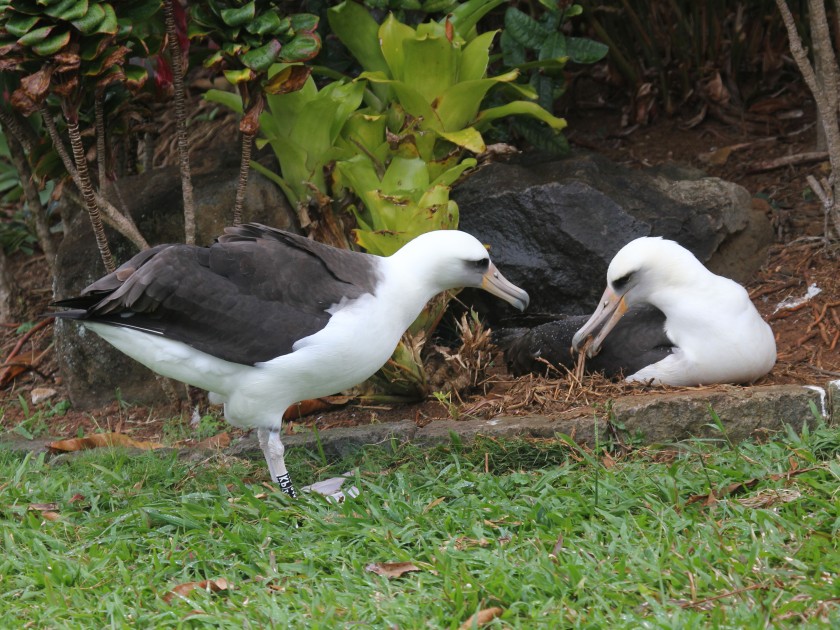 “
“
